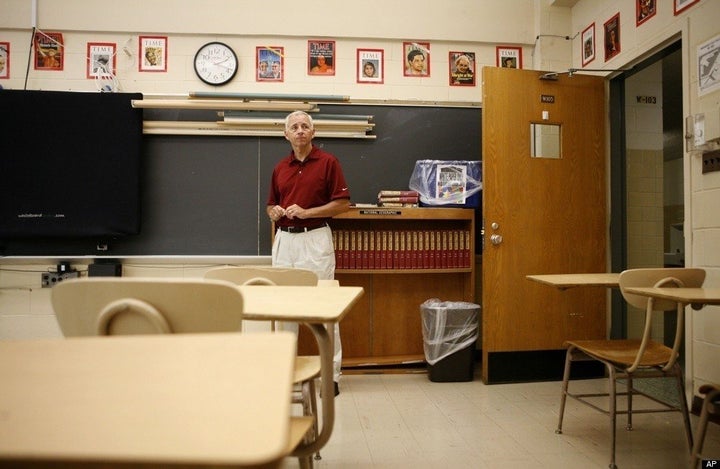
When I grow up I want to be a...
Children often fill in the blank with a myriad of respectable positions -- doctor, lawyer, police officer, teacher, etc. -- but few proclaim their intent to be an art historian. I was that rare exception -- a fourteen year-old irrevocably captivated by an experience with art and pre-declaring art history my major before I'd even applied to university. My father, the consummate business professional with the principles of economics coursing through his veins, responded, "What career will you have? The arts are a terrific hobby, but they will not pay the bills."
At the time, I had little retort, other than my deep-seeded passion for the arts and instinctual belief that this was the direction my life had to take. Many years later, I'm far better equipped for that conversation. On a personal level -- what the business world would call microeconomics -- I have managed to support myself entirely through my work in the arts, as a museum professional, a teacher, and a writer. In addition, thanks to Otis College of Art and Design, I now have broader evidence (from a macroeconomic perspective) which would have corroborated my point of view in that conversation so many years ago, but moreover, is hugely helpful when we advocate for the arts to civic and government leaders, foundations, corporations, and private donors.
Since 2007, Otis has commissioned an annual report to measure the combined impact of the arts, design, and entertainment industries in Southern California. While many of us share the belief of James Canales (President and CEO of the James Irvine Foundation) that "the arts and creativity are essential to our quality of life in California," we needed more than just an impassioned dictum to persuade key stakeholders, particularly in a recessionary economy. The Otis Report on the Creative Economy of the Los Angeles Region provides important quantitative data to help support our qualitative assertions about the power of art, and, when paired together, the two make a proper case for the value of the arts. According to the report, The Kyser Center for Economic Research of the Los Angeles County Economic Development Corporation (LAEDC) found that the creative sector (which is comprised of ten industries) ranks #2 in Los Angeles County, behind only tourism, and directly or indirectly supports one in six jobs in the region, totaling nearly 800,000 jobs. The LAEDC estimates the total economic output of creative industries in Los Angeles at a staggering $260.9 billion. Many in Los Angeles have long believed the arts were a driving force of the community, as essential to the infrastructure of the city as the freeways, but these numbers prove that the arts are also of irrefutable importance to the economy of the region, and thereby the state.
As we continue to battle for increased funding for arts educations, private sponsorship of exhibitions, and the like, it's important to bear in mind that we're a very important constituent, both in terms of our qualitative and quantitative output in communities -- the arts change lives and revitalize cities all while generating jobs, sales revenues, and taxes. As James Canales so eloquently explained, "We need to shift the narrative from arts as a 'Nice to Have' to arts as a 'Need to Have'." We'd better get started.
Read the report in full here.